Ladakh, often referred to as the “Land of High Passes,” is a pristine paradise in the Indian Himalayas. Beyond its breathtaking landscapes, Ladakh holds profound significance for Buddhist pilgrims and spiritual seekers. The region’s monasteries, some perched in remote and isolated areas, are not only architectural marvels but also spiritual sanctuaries where centuries-old traditions thrive. For Buddhist tourists, a journey through Ladakh is both a pilgrimage and an exploration of living Buddhist culture amidst nature’s grandeur. This guide highlights some of Ladakh’s most remote and iconic monasteries, including those in Nubra, Padum, Zangla, Phuktal, Rangdum, Lingshed, Lamayuru, Alchi, Chemrey, and beyond.
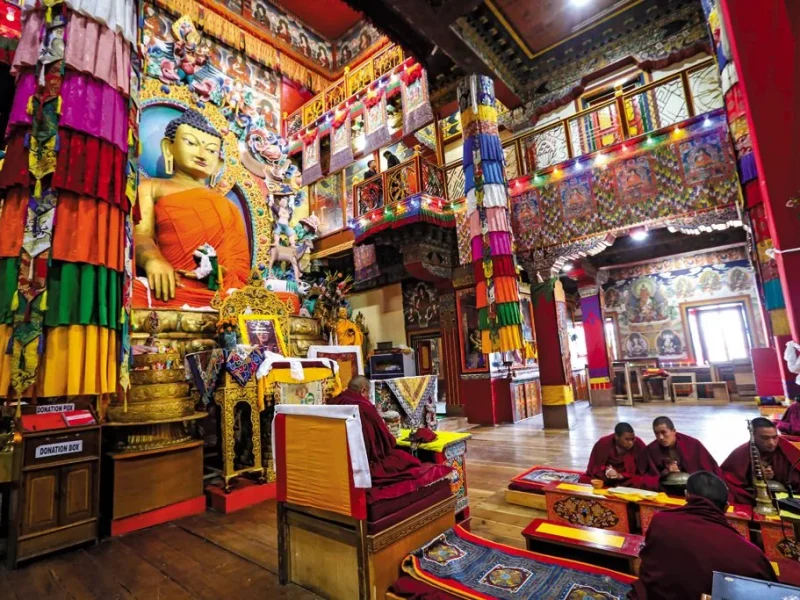
Nubra Valley: Diskit and Beyond
The Nubra Valley, accessible via the high-altitude Khardung La Pass, is a mesmerizing blend of sand dunes, lush green oases, and snow-capped peaks. The Diskit Monastery, the oldest and largest in Nubra, stands as a sentinel overlooking the valley. Its crowning jewel is the 32-meter-high statue of Maitreya Buddha, symbolizing peace and protection for the region. Tourists can join the monks in their daily prayers or simply soak in the spiritual ambiance.
Nearby, the Samstanling Monastery in the village of Sumur offers a tranquil retreat. Surrounded by scenic beauty, this monastery houses ancient murals and scriptures that provide insights into Buddhist teachings. The lesser-explored Ensa Monastery, perched atop a hill, rewards visitors with panoramic views of the valley and an aura of solitude ideal for meditation.
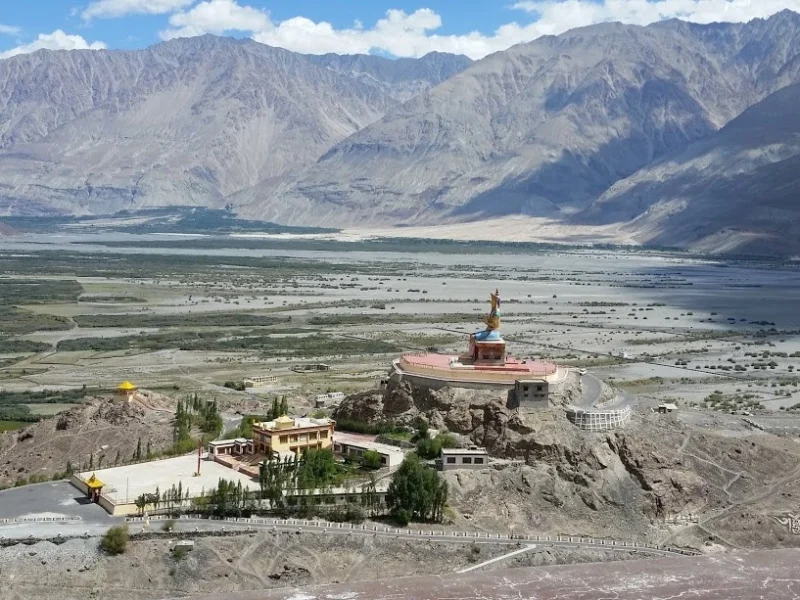
The Zanskar Circuit: Padum, Zangla, and Phuktal
The Zanskar Valley is one of the most remote regions of Ladakh, and its monasteries are a testament to resilience and devotion. Padum, the administrative center of Zanskar, is home to several monasteries, including Stongdey and Karsha. The Stongdey Monastery is renowned for its vibrant festivals and intricate frescoes, while the Karsha Monastery, perched on a hillside, offers stunning views of the valley below.
A short journey from Padum leads to Zangla, a quaint village with spiritual significance. The Zangla Palace and its adjoining nunnery are a must-visit for those interested in Buddhist monastic life. Here, nuns continue ancient practices and rituals that have been passed down through generations.
The Phuktal Monastery is arguably the crown jewel of Zanskar. Built into a cliffside, this monastery resembles a honeycomb and is accessible only by trekking. The journey to Phuktal is as rewarding as the destination itself, offering an immersive experience of the region’s rugged beauty. Inside the monastery, ancient scriptures, murals, and a natural cave used for meditation transport visitors back in time.
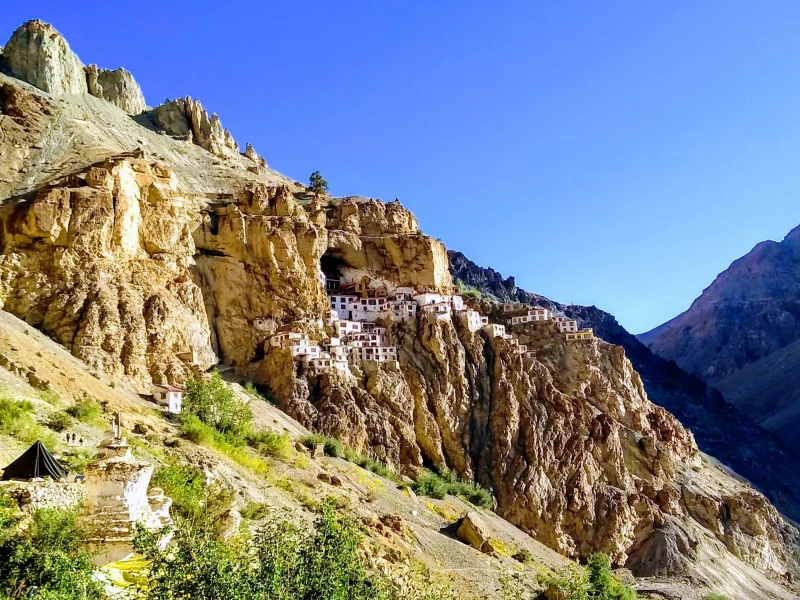
Rangdum and Lingshed: The Road Less Traveled
Rangdum Monastery, located in the Suru Valley, is a solitary gem surrounded by vast plains and towering peaks. Its isolation and serene environment make it a haven for meditation and spiritual introspection. The monastery’s simple yet striking architecture complements the stark beauty of its surroundings.
Lingshed Monastery, nestled in one of Ladakh’s most remote areas, is accessible only by challenging treks. The monastery’s isolation has helped preserve its ancient traditions, offering visitors a rare opportunity to witness monastic life in its purest form. The annual Lingshed Gustor festival, celebrated with masked dances and rituals, is a vibrant display of Ladakhi culture and spirituality.
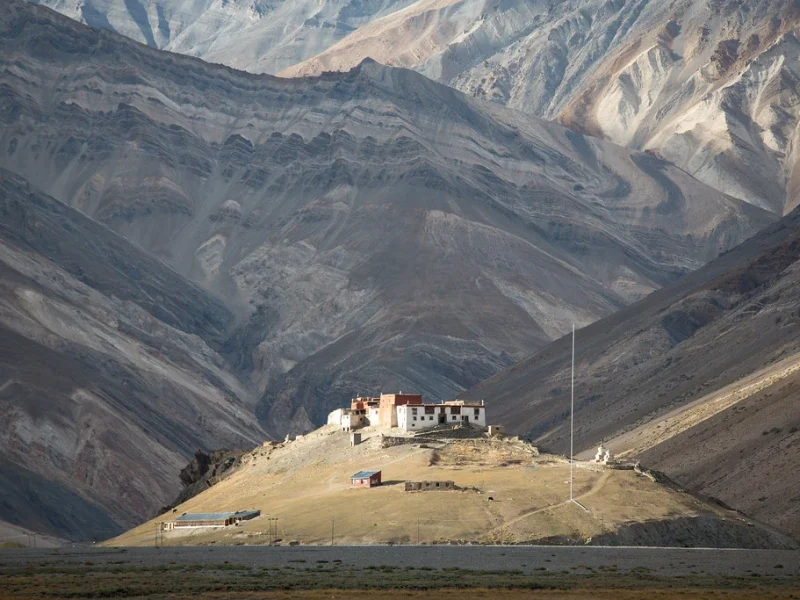
Lamayuru and Alchi: Guardians of Buddhist Art
Lamayuru Monastery, often called the “Moonland Monastery” due to its unique lunar-like terrain, is one of Ladakh’s oldest and most iconic monastic sites. Its picturesque location and rich history attract pilgrims and tourists alike. The monastery’s annual Yuru Kabgyat festival, featuring masked dances, is a spiritual and cultural spectacle.
Alchi Monastery, a UNESCO World Heritage Site, is a treasure trove of ancient Buddhist art. Unlike most monasteries in Ladakh, Alchi is located at a lower altitude, making it easily accessible. Its intricate wood carvings, ancient murals, and statues reflect the artistic excellence of the 11th and 12th centuries. The monastery’s serene atmosphere and artistic heritage make it a must-visit destination.
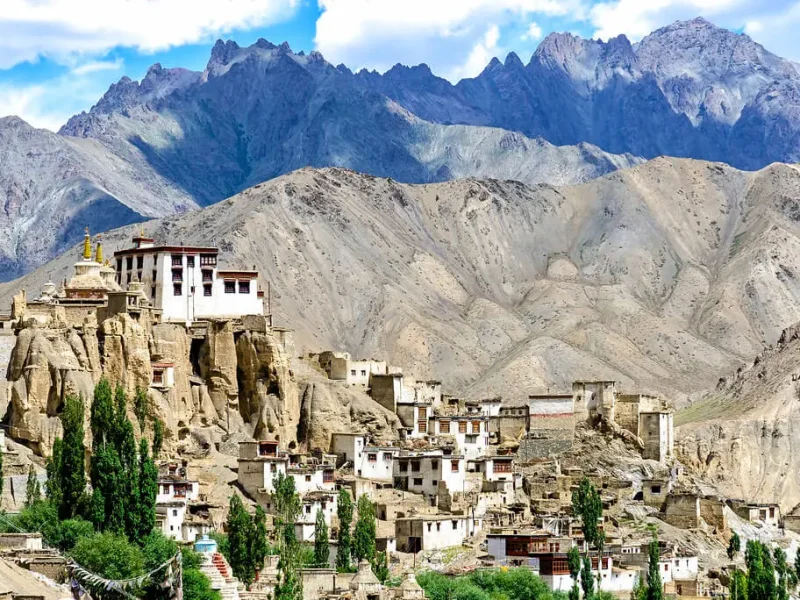
Chemrey and Other Hidden Gems
The Chemrey Monastery, with its striking architecture and picturesque setting, is a lesser-known gem that deserves attention. Located in a peaceful valley, it offers visitors a chance to experience Ladakh’s monastic traditions without the crowds. The monastery’s collection of ancient scriptures and statues is a testament to its historical importance.
Other noteworthy monasteries include Hemis, Thiksey, and Stakna. Hemis Monastery, the largest in Ladakh, is renowned for its grand Hemis Festival and a remarkable collection of Thangka paintings. Thiksey Monastery, often called a “mini Potala Palace,” is a stunning structure that houses a 15-meter-high statue of Maitreya Buddha. Stakna Monastery, perched atop a hill, offers panoramic views of the Indus Valley and a serene atmosphere for reflection.

A Journey of Spiritual Discovery
Touring Ladakh’s monasteries is more than just a sightseeing experience; it is a journey of spiritual discovery and personal growth. Each monastery, with its unique history, architecture, and setting, offers insights into Buddhist philosophy and Ladakhi culture. Visitors can participate in meditation sessions, interact with monks, and attend vibrant festivals that bring these monastic communities to life.
The remote locations of many monasteries add an element of adventure to the journey. Trekking through rugged landscapes, crossing high-altitude passes, and navigating winding roads provide an unforgettable experience of Ladakh’s natural beauty. For those seeking a deeper connection, spending a night in a monastery guesthouse or joining monastic activities can be transformative.
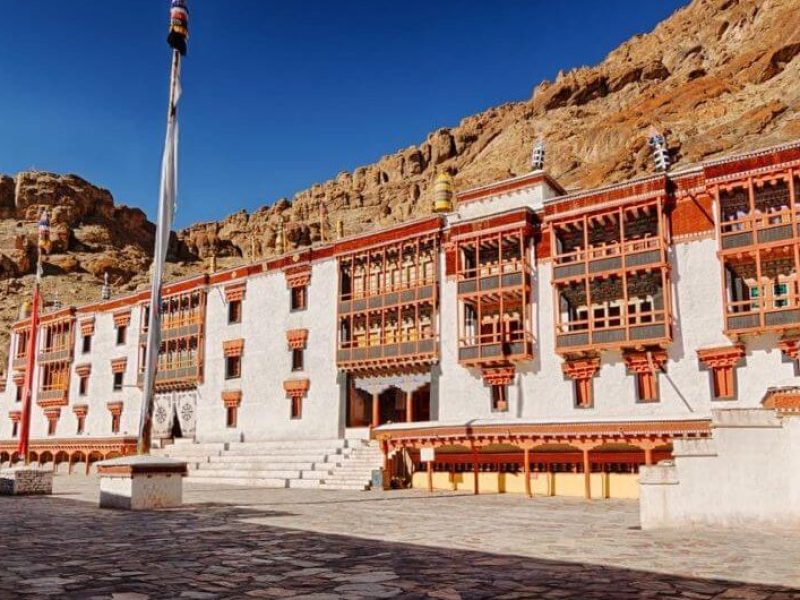
Practical Tips for Travelers
- Plan Ahead: Many monasteries, especially in remote areas like Zanskar and Lingshed, require meticulous planning due to their inaccessibility and extreme weather conditions. Ensure you have the necessary permits and are aware of the best travel seasons.
- Respect Local Customs: When visiting monasteries, dress modestly and follow the local customs. Avoid disturbing monks during prayer sessions and seek permission before taking photographs.
- Acclimatize Properly: Ladakh’s high altitudes can cause altitude sickness. Allow a few days for acclimatization before venturing into remote areas.
- Choose Sustainable Travel: Support local communities by hiring local guides, staying in homestays, and minimizing your environmental impact.
Conclusion
A tour of Ladakh’s monasteries is an invitation to step into a world where spirituality and nature coexist harmoniously. From the serene valleys of Nubra to the rugged terrains of Zanskar, each destination offers a unique blend of cultural richness and natural beauty. For Buddhist tourists, these monasteries are not just places of worship but gateways to inner peace and enlightenment. Whether you seek spiritual solace, cultural immersion, or adventure, Ladakh’s remote monasteries promise an experience that will leave an indelible mark on your soul.
To Book Custom Tours to Ladakh please leave us an enquiry –
https://planetwayround.com/contact-us/
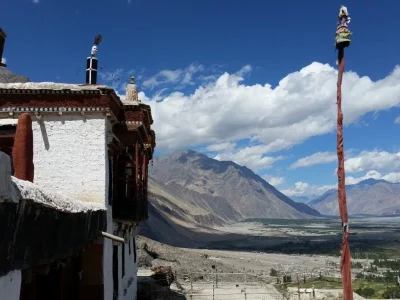
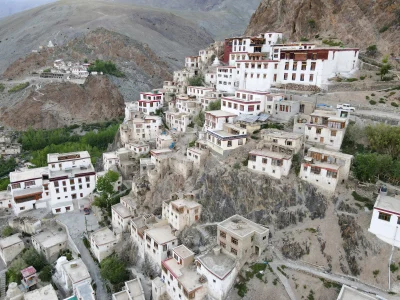
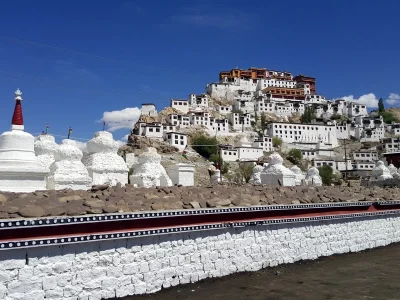
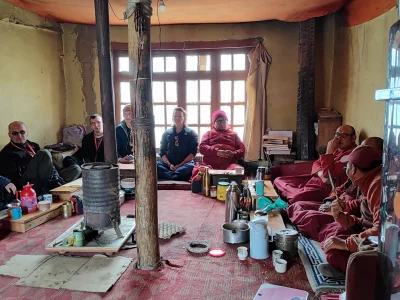
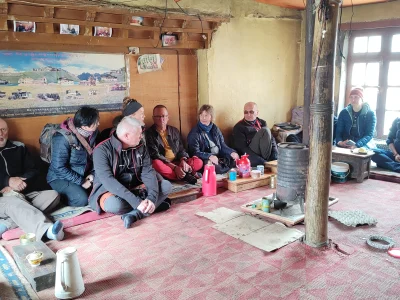
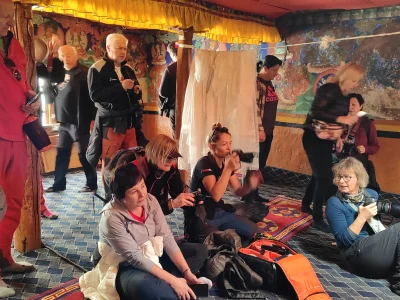
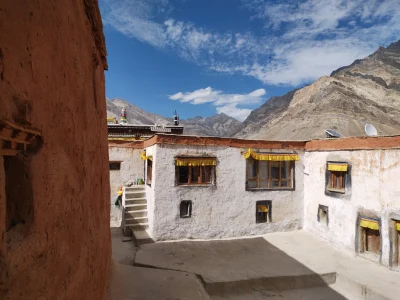
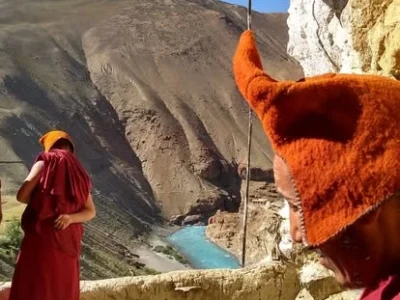

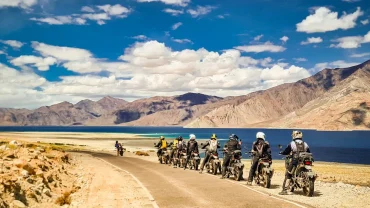
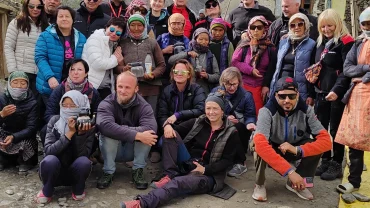
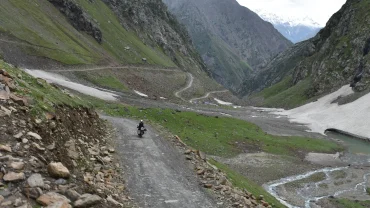
Comment (0)